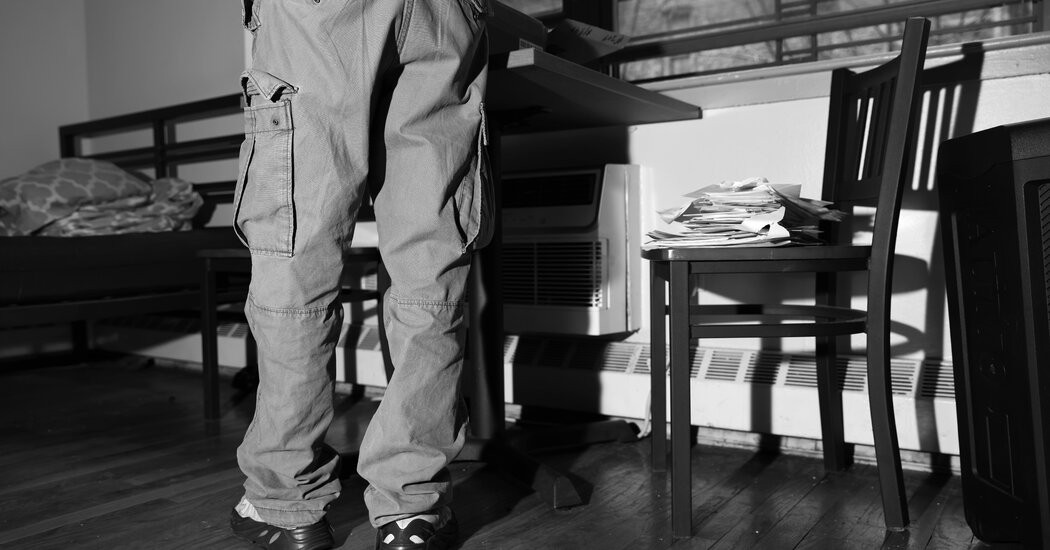

It has become one of the most common approaches to reducing chronic homelessness for Americans with mental illness and addiction.
For Americans struggling with chronic homelessness and mental illness, there is a common answer: apartments with very low rents in a building that offers social services on site.
Permanent supportive housing, as it is called, started in the late 1970s in New York City after two factors caused homelessness to spiral: the mass deinstitutionalization that emptied psychiatric hospitals without providing former patients with adequate support, and the elimination of cheap “single-room occupancy” apartments. About 400,000 Americans, including more than 40,000 in New York City, now live in supportive housing.
It is a cornerstone of Housing First, long the federal government’s favored anti-homelessness policy.
We spent more than a year talking to residents and workers at a supportive housing complex in the Bronx, called the Lenniger, which is home to about 60 formerly homeless people with mental illness, many of whom have had substance abuse problems, to learn what life is like inside these buildings.
Here are six takeaways.
People in buildings like the Lenniger have their own apartments and are assigned to a caseworker or a social worker who is based on site.
These workers offer counseling, financial coaching, help navigating bureaucracies and applying for benefits like disability income, and connections to medical providers and substance abuse programs. The subsidized rent that tenants pay is typically 30 percent of their income, which is often in the form of disability payments.